Are you considering making the switch from Android to iPhone? As the competition between these two mobile operating systems continues, it’s natural to wonder if you’re making the right decision. Switching to a new operating system can be a big step, but with the right information, you can make an informed choice that aligns with your needs and desires in the world of mobile technology. In this comprehensive guide, we’ll walk you through everything you need to know before switching from Android to iPhone.
Why Switch From Android to iPhone?
Switching from Android to iPhone comes with several advantages that can enhance your mobile experience. Here are some of the key benefits you can expect when making the switch:
1. Enhanced Security
One of the standout features of iPhones is their robust security system. Unlike Android, iPhones have a stricter security framework, making it more challenging for unauthorized users to access your device without your consent. With features like the App Store, consistent software updates, and a closed ecosystem, iPhones offer a higher level of protection against potential security breaches.
2. User-Friendly Interface
iPhones are known for their user-friendly interface. While Android provides more customization options, iPhones offer a simpler and more intuitive user experience. With a straightforward interface and easy access to settings and apps, iPhones are designed to be accessible to users of all levels of technical expertise.
3. Seamless Integration within the Apple Ecosystem
If you already own other Apple devices, such as an iPad or a MacBook, switching to an iPhone can offer a seamless integration within the Apple ecosystem. You can easily sync and access your data across multiple devices without the need for additional applications. This integration enhances the overall user experience and streamlines your digital life.
4. High-Quality Cameras
iPhones are renowned for their high-quality cameras, allowing you to capture stunning photos and videos. While the camera specifications may not match some Android devices, the combination of advanced hardware and software optimization in iPhones results in exceptional image quality and realistic color representation.
5. Timely Software Updates
One of the significant advantages of iPhones is the prompt availability of software updates. Apple ensures that new software updates are simultaneously accessible across all supported devices, typically for up to eight years. This commitment to regular updates ensures that you can enjoy the latest features and security enhancements without delay.
6. App Quality and Optimization
Developers often prioritize creating high-quality apps for iPhones due to the platform’s consistent hardware and software configurations. This results in optimized and well-performing applications that deliver a superior user experience. The App Store’s stringent review process further ensures that apps available for download are safe and reliable.
7. Resale Value
iPhones generally retain their value better than Android devices. The use of high-quality materials and Apple’s reputation for durability contribute to iPhones maintaining their worth over time. If you decide to sell your iPhone in the future, you can expect a higher resale value compared to many Android devices.
Considerations When Switching from Android to iPhone
Before making the switch, it’s essential to consider some potential challenges or limitations you may encounter when transitioning from Android to iPhone. Here are a few aspects to keep in mind:
1. Adjusting to the Notification System
The notification system on iPhones may take some getting used to, especially if you’re accustomed to the more customizable options available on Android devices. iPhones group similar app notifications together, which can make the lock screen appear crowded. However, with time and familiarity, you can adapt to the iPhone’s notification system.
2. Google Apps Integration
While Google apps like Docs and Sheets are available on iPhones, their functionality may differ slightly from the Android versions. Certain features, such as triple tap to highlight text in Docs or advanced chart creation in Sheets, may not be available. If you heavily rely on specific features of Google apps, you may find the transition to the iPhone version less intuitive.
3. Limited Customization Options
Compared to Android, iPhones offer limited customization options. You won’t have the same level of control over the home screen, app icons, and overall device customization. If personalizing your device is a priority, you may find the iPhone’s limitations frustrating.
4. Restrictions on Screen Mirroring Netflix
Due to conflicts between Netflix and Apple, screen mirroring Netflix content from an iPhone to a larger screen using the AirPlay feature is not supported. If you frequently use this feature on your Android device, you may miss this functionality when switching to an iPhone.
How to Switch from Android to iPhone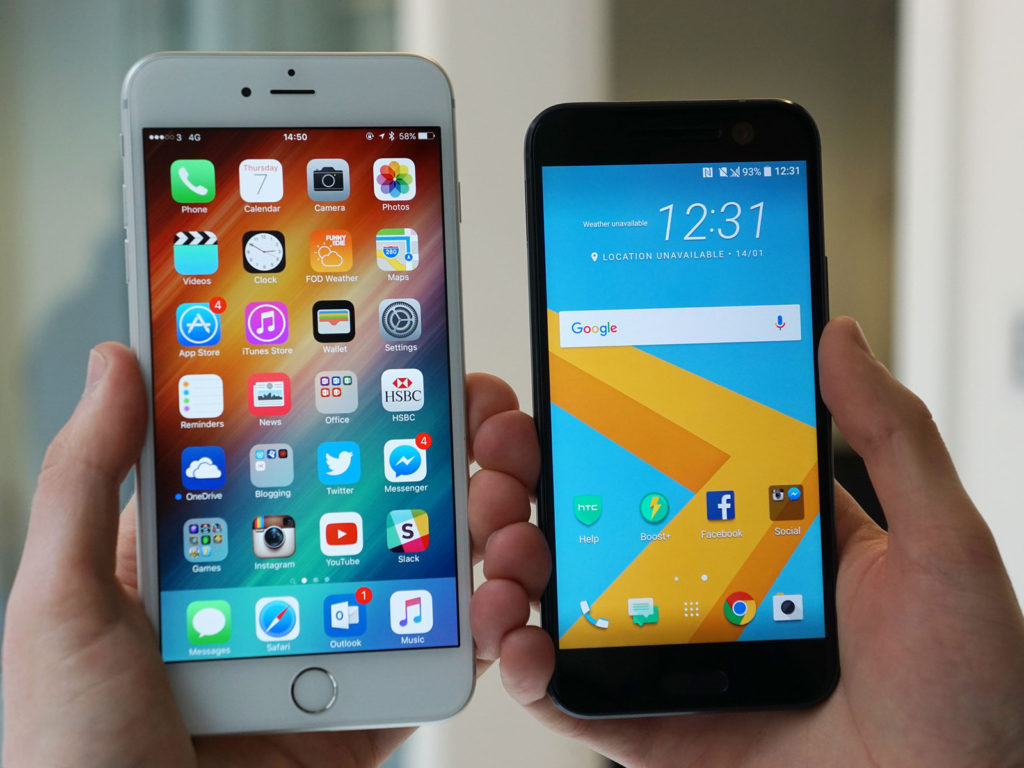
Once you’ve made the decision to switch from Android to iPhone, you’ll need to transfer your data from your old device to the new iPhone. Fortunately, there are two main methods you can use to accomplish this:
Method 1: Using the Move to iOS App
Apple provides an official app called “Move to iOS” to facilitate the transfer of data from an Android device to an iPhone. Here’s a step-by-step guide to using the Move to iOS app:
- Install the Move to iOS app on your Android device from the Google Play Store.
- Set up your new iPhone and reach the “App & Data” screen during the setup process.
- Choose the “Move Data from Android” option on your iPhone.
- On your Android device, open the Move to iOS app and follow the on-screen instructions to connect to your iPhone via a secure Wi-Fi network.
- Select the data you want to transfer, such as contacts, messages, photos, and more.
- Wait for the transfer process to complete, and then finish setting up your iPhone.
While the Move to iOS app is an official and straightforward method, it does have some limitations. For example, you’ll need to factory reset your iPhone before using the app, and the transfer process can sometimes be slow or prone to interruptions.
Method 2: Using MobileTrans
For a faster and more comprehensive data transfer process, you can utilize a third-party tool called MobileTrans. MobileTrans allows you to transfer data from Android to iPhone using a USB cable, eliminating the need for a Wi-Fi connection. Here’s how to use MobileTrans:
- Install the MobileTrans software on your computer.
- Launch the program and select the “Phone Transfer” module.
- Connect both your Android and iPhone devices to the computer using their respective USB cables.
- Once MobileTrans detects both devices, select the categories of data you want to transfer.
- Click “Start” to initiate the data transfer process.
- Wait for MobileTrans to complete the transfer, and then disconnect the devices from the computer.
MobileTrans offers a faster and more reliable data transfer experience compared to the Move to iOS app. It supports transferring data from various sources, such as a computer or Google Drive, to your iPhone. Additionally, you won’t need to factory reset your iPhone to use MobileTrans.
Conclusion
Switching from Android to iPhone is a significant decision that requires careful consideration. While both operating systems have their strengths and limitations, understanding the benefits and challenges can help you make an informed choice. iPhones offer enhanced security, a user-friendly interface, a seamless Apple ecosystem, powerful cameras, timely software updates, better app quality, and higher resale value. However, you may need to adjust to the iPhone’s notification system, adapt to Google app differences, accept limited customization options, and be aware of screen mirroring restrictions.
When you’re ready to make the switch, you can use the official Move to iOS app or opt for a faster and more comprehensive transfer using MobileTrans. Both methods allow you to transfer your data from your Android device to your new iPhone seamlessly.
Remember, the decision to switch from Android to iPhone ultimately depends on your individual preferences and needs. Consider your priorities, research the features of each operating system, and choose the one that aligns best with your mobile experience goals. With the right information and tools, you can confidently embark on your Android to iPhone transition and enjoy a new mobile journey.


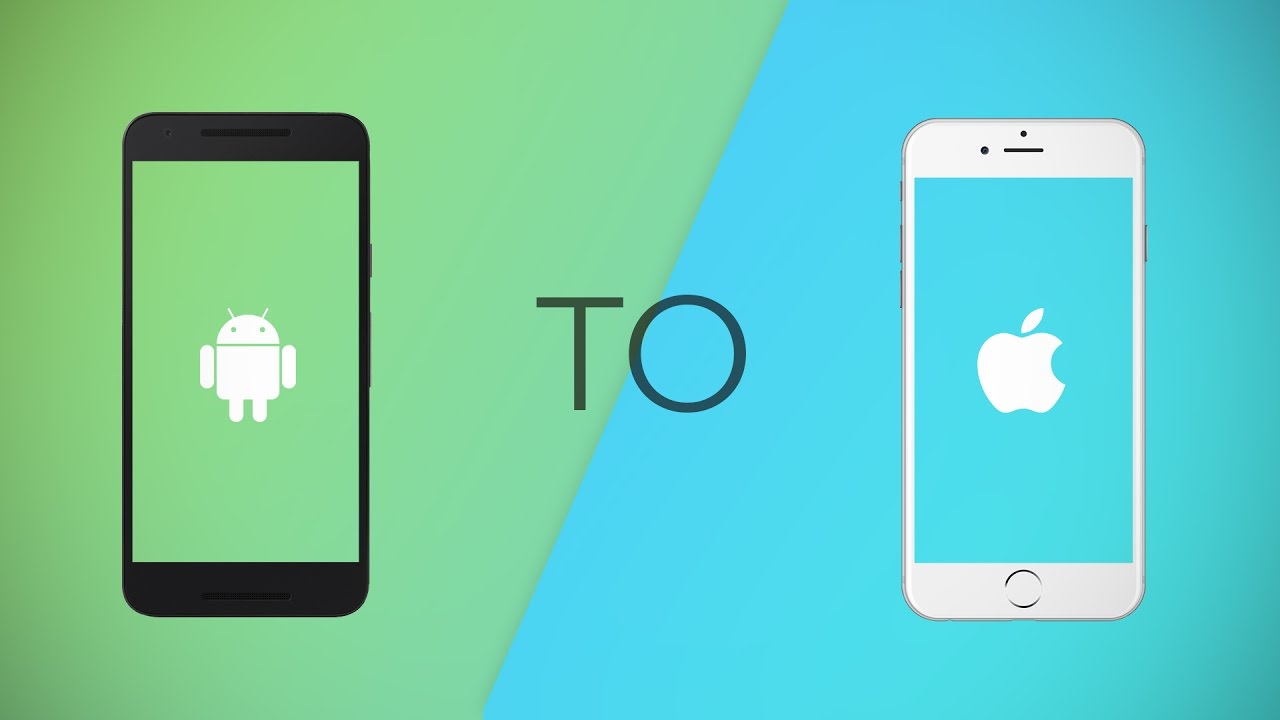
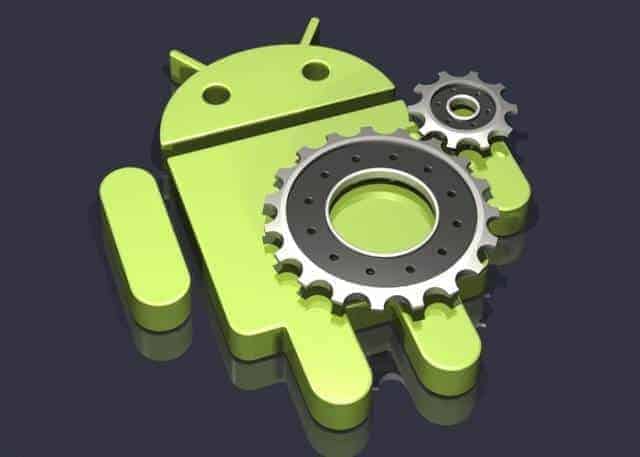
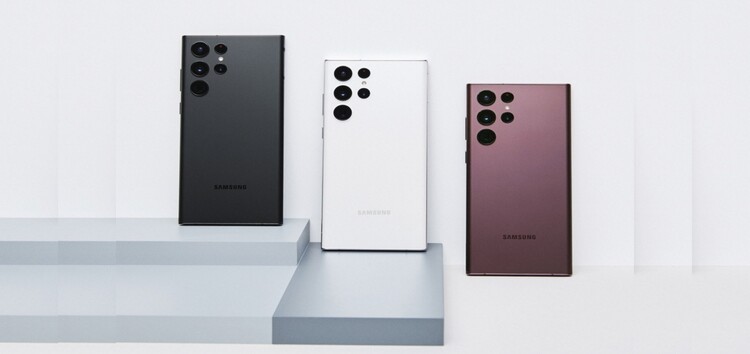
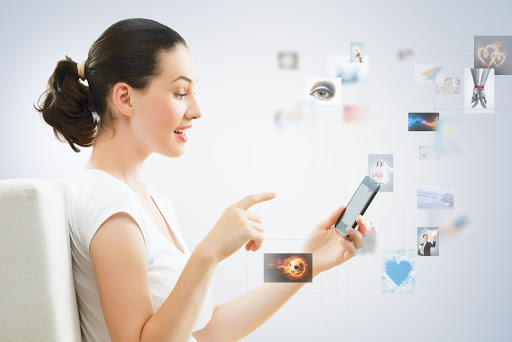
2 comments